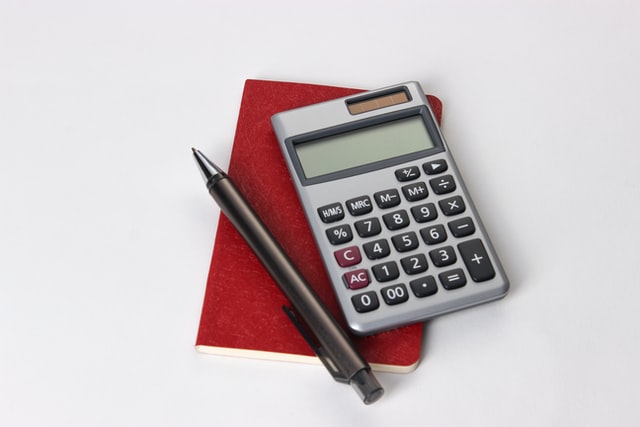When investing in property, there are many things to consider, but one of the most vital aspects is the rental yield. The ability to calculate this yield is crucial in making the most of your investment, especially when you own multiple properties. Here’s a quick guide explaining what it is and how to calculate it:
What Is Rental Yield, and Why Is It Important?
Rental yield is essentially the amount of money a property investor will likely receive through rent. It’s presented in a percentage figure, and one can measure it by calculating the gap between the overall costs and the yearly rental income of the piece of real estate.
Having a good rental return is paramount to your success as a property investor, so it’s always vital to get a grasp on your rental yield. It’s best to have a high rental yield because it allows you to gain more than you spend, and it’s vital in the long-term sustainability of your property.
If the income is lower than the overall costs, you’re losing money. While breaking even is a sign that your business may be able to pull through, it is also not ideal because it does not leave room for contingencies. When property damage occurs, such as a broken window or faulty plumbing, you’ll keep spending more than you earn.
Calculating Rental Yield
Rental yield can be divided into two categories: gross and net. Gross yield takes the yearly income and the property value into account, while net yield also includes all expenses involved in the property.
How to Calculate Gross Rental Yield
Here is how to calculate gross rental yield:
- Add up the weekly rent and multiply it by 52 (corresponding to the number of weeks in a year). The product would be the yearly rent.
- Divide the figure by the price paid to buy the property.
- Multiply the quotient by 100 to get the percentage.
To illustrate this number, let’s say a tenant pays you $1,500 a week to rent your property and you spent $2M for that piece of real estate. You’ll have to multiply $1,500 by 52 to get the annual rent, which would be $78,000. Divide it by the $2M you spent acquiring the property, then multiply it by 100 to get the percentage.
The rental yield in the calculation above is 3.9%. A rule of thumb for a positive cash flow would be to have a rental yield exceeding 7%.
How to Calculate Net Rental Yield
Calculating the net rental yield requires more complex calculations. You’ll have to add up all of the costs associated with owning the property, such as:
- Insurance
- Repairs and maintenance
- Strata fees
- Legal fees
- Property inspection fees
- Stamp duty
- Vacancy costs
- Depreciation
- Management and advertising costs
- Mortgage repayments
Follow these steps to get the calculation:
- Sum up all annual fees and expenses associated with owning the property.
- Subtract that figure from the yearly rent.
- Divide the difference by the value of the property.
- Multiply the quotient by 100 to get the percentage.
For example, an investor receives $40,000 in annual rent and pays $10,000 in expenses for the property each year. Subtracting these figures will result in a difference of $30,000. They will have to divide it by the property’s value, which was $500,000 when they bought it. Afterwards, they’ll multiply it by 100 to get a net yield of 6%.
The Takeaway
Calculating the rental yield of one’s properties is crucial in providing insights into whether an investment is worth it in the long run or if the investor will be better off investing in another piece of real estate. Knowing how to do it is one of the most vital skills that any property investor should learn, so keep this guide in mind as you look for the ideal property to buy!
Maximising your profit requires the help of seasoned professionals. If you’re looking for rental property management companies in Sydney, Own Better has you covered. We’ll provide you with expert full-service asset management to cover all your needs and give you the best possible returns. Contact us today!




